Galleria fotografica
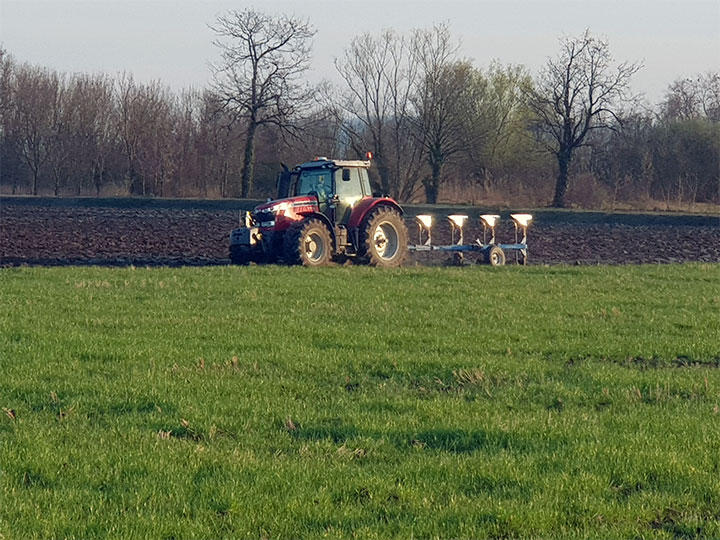
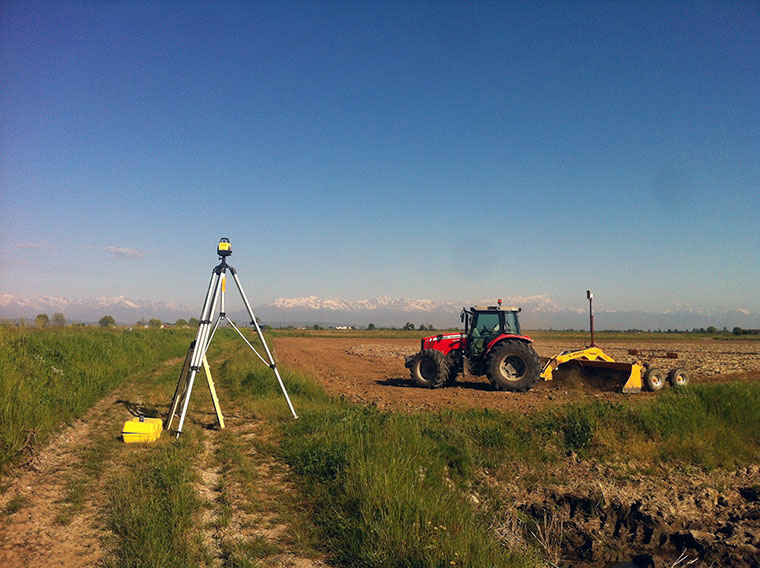
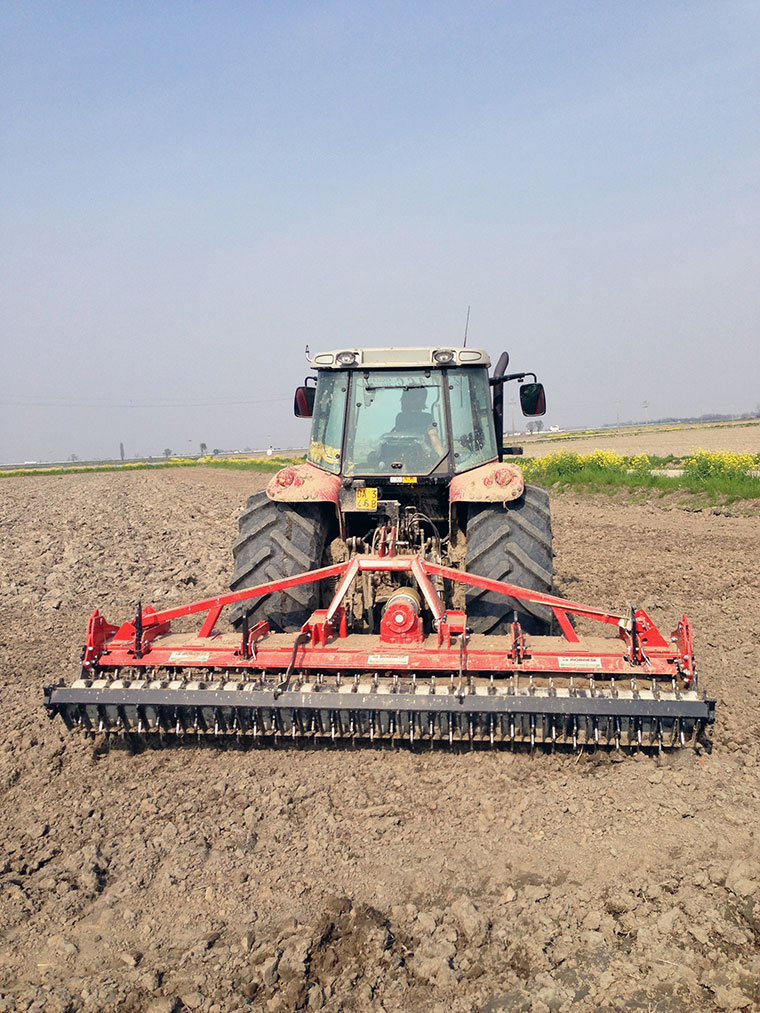
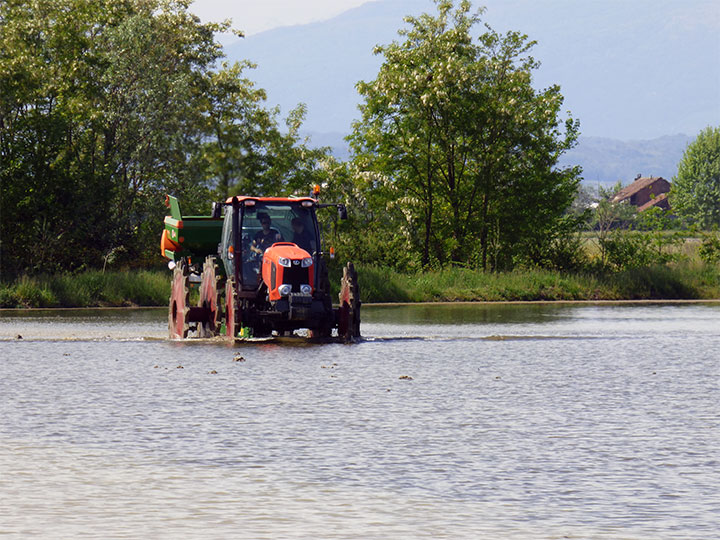
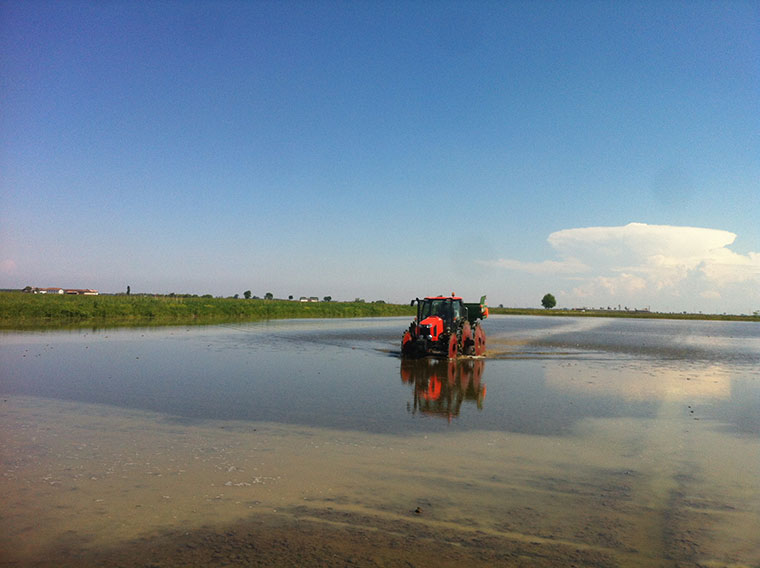
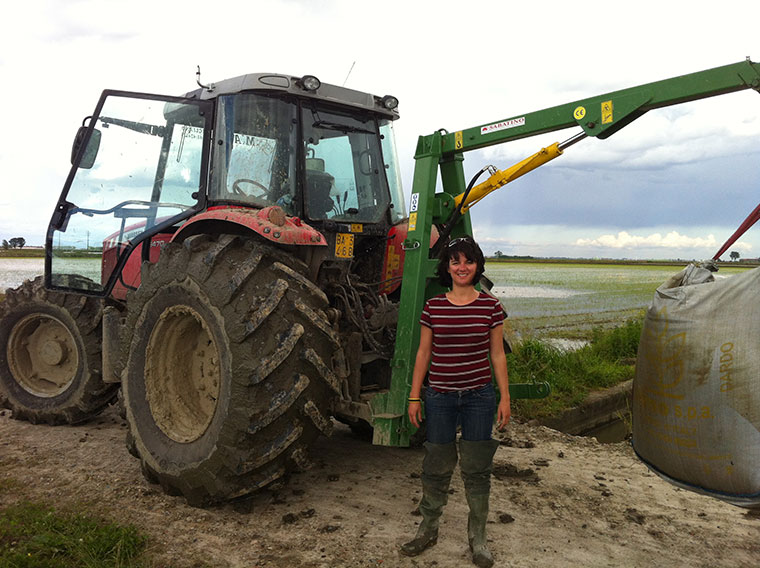
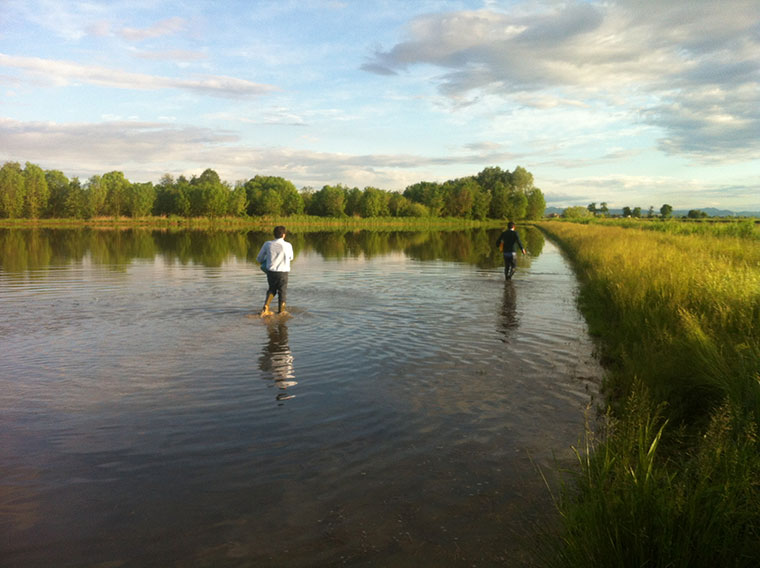
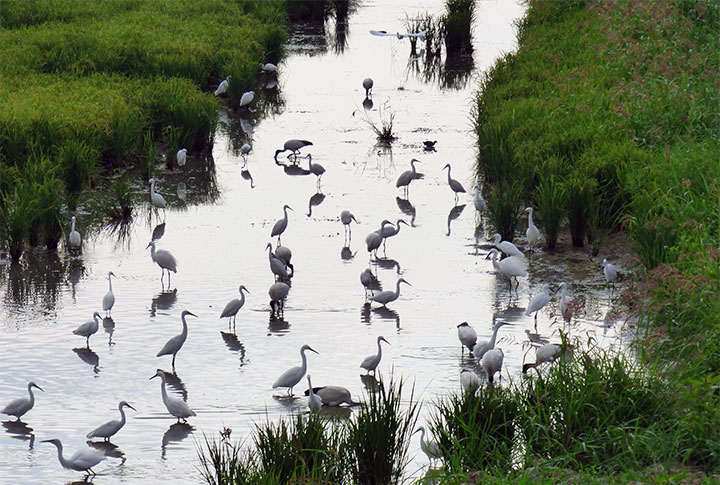
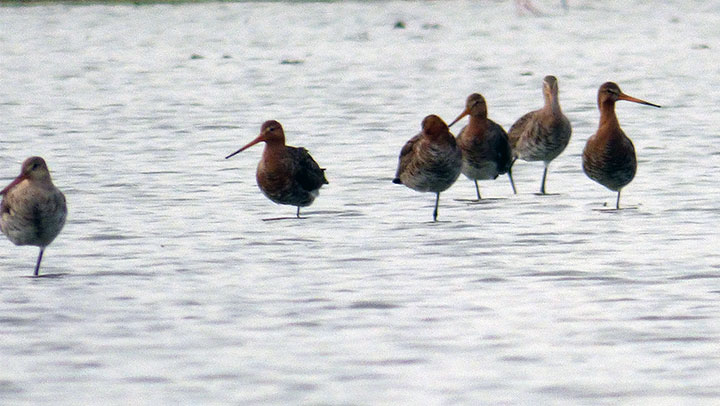
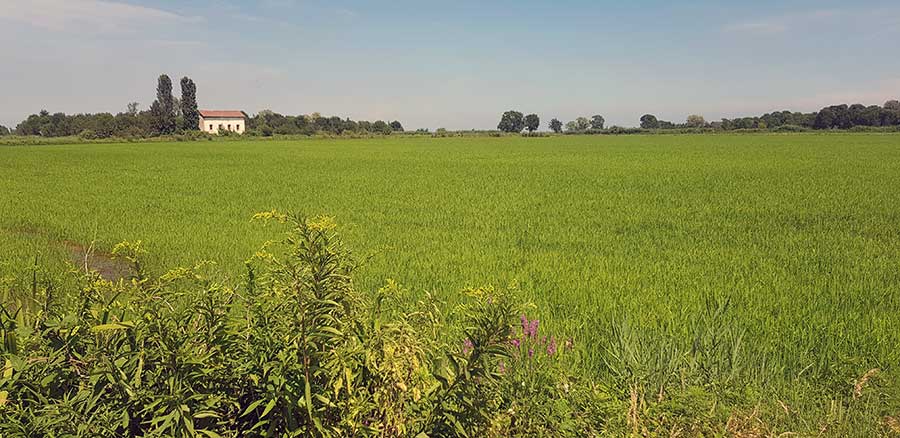
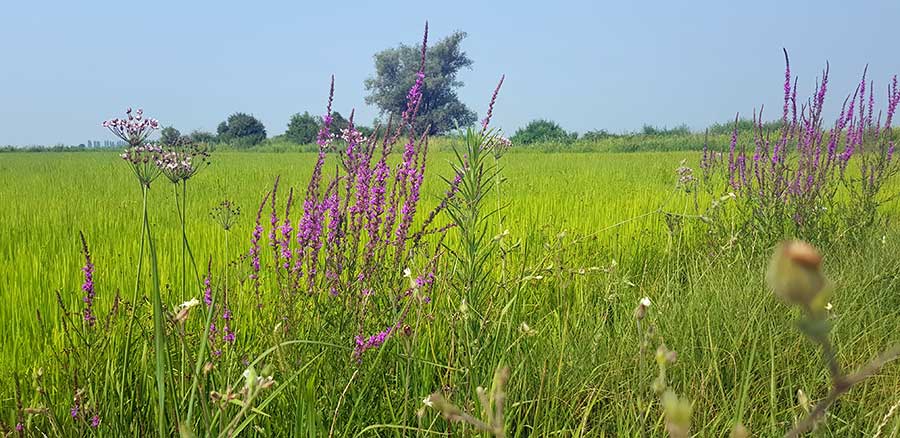



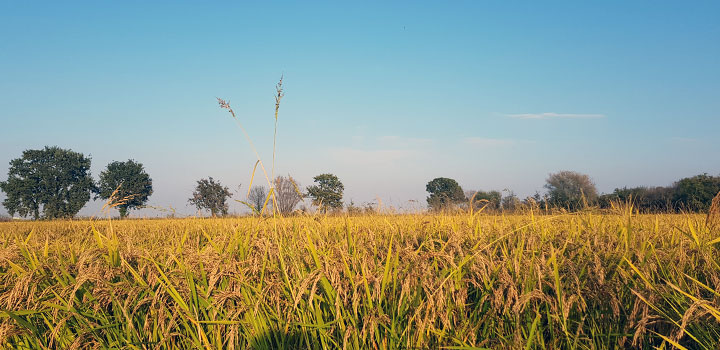
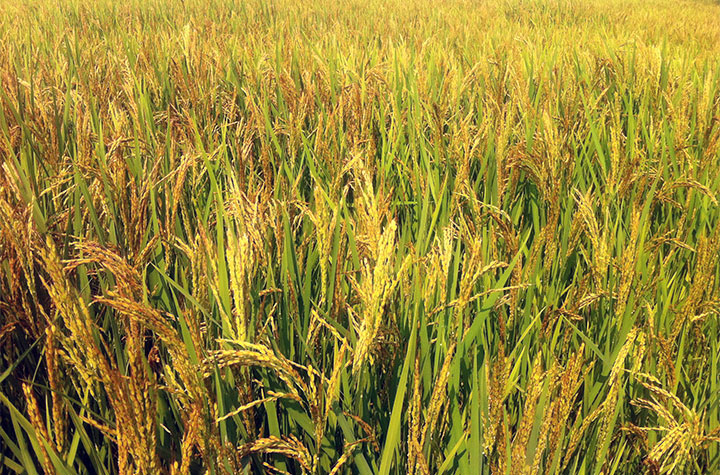
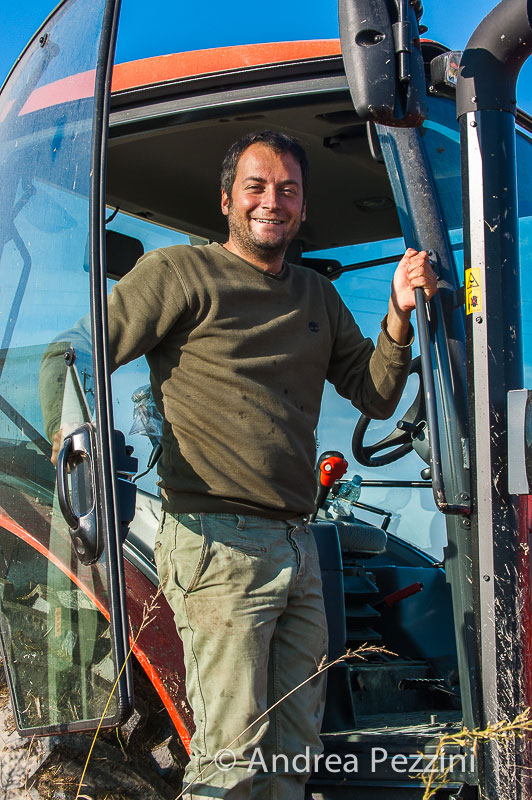
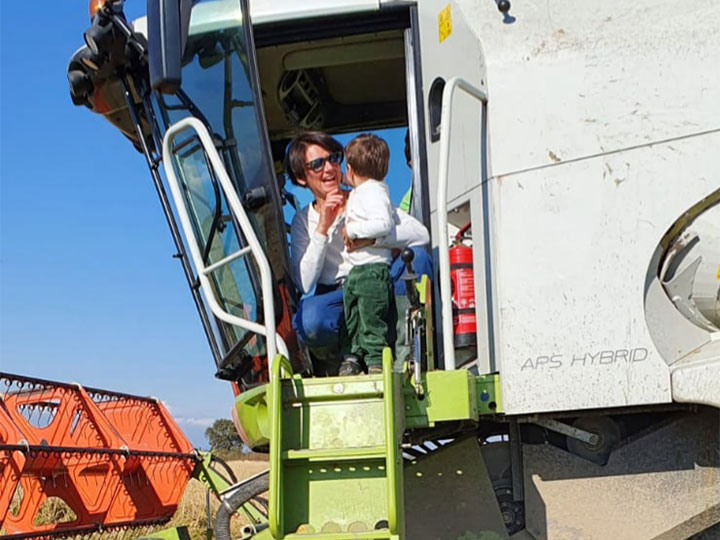
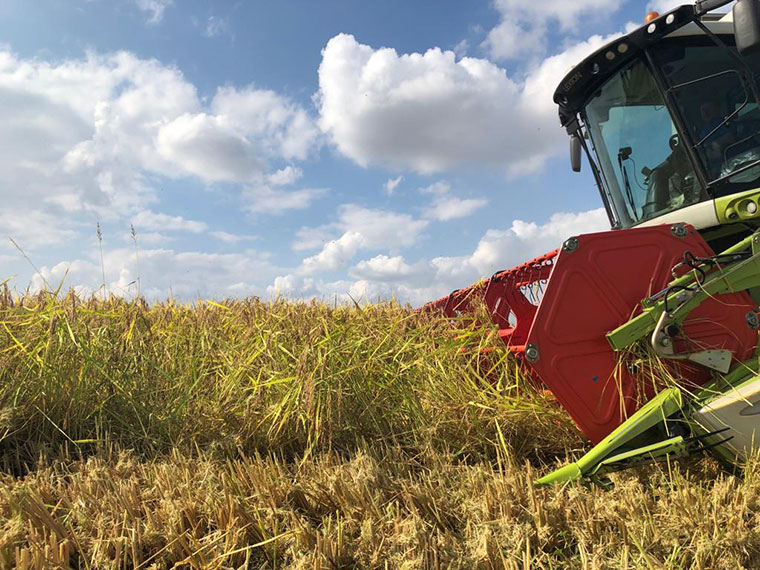
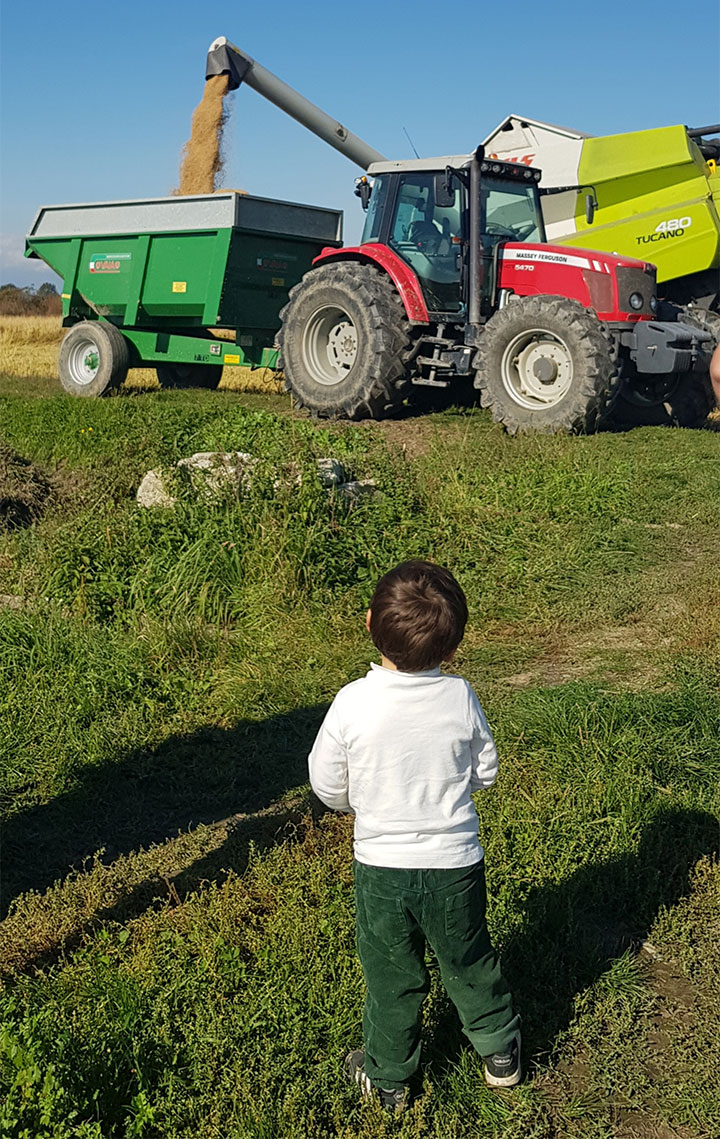
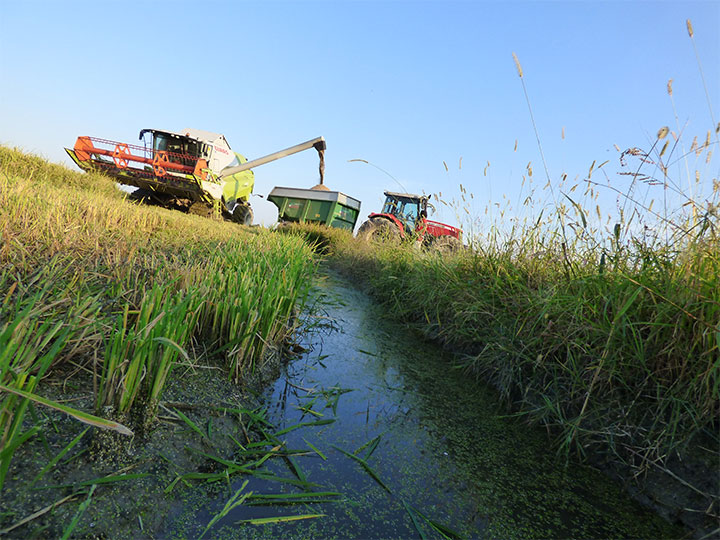
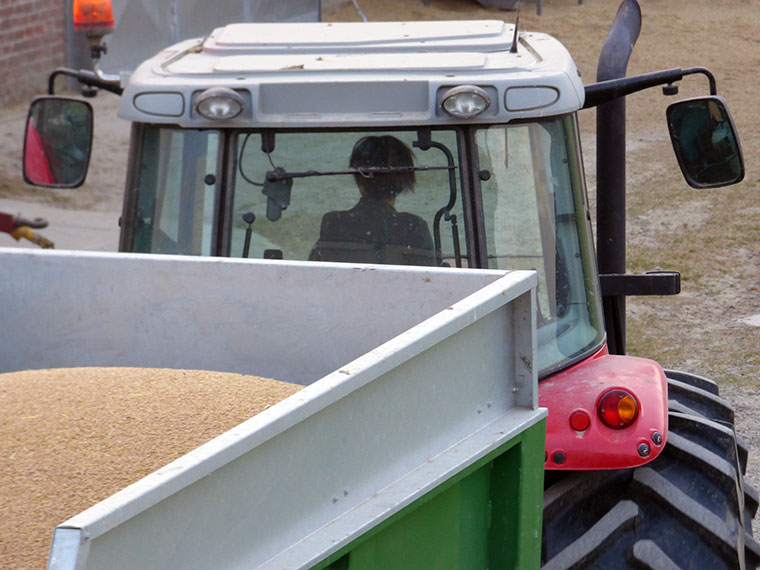
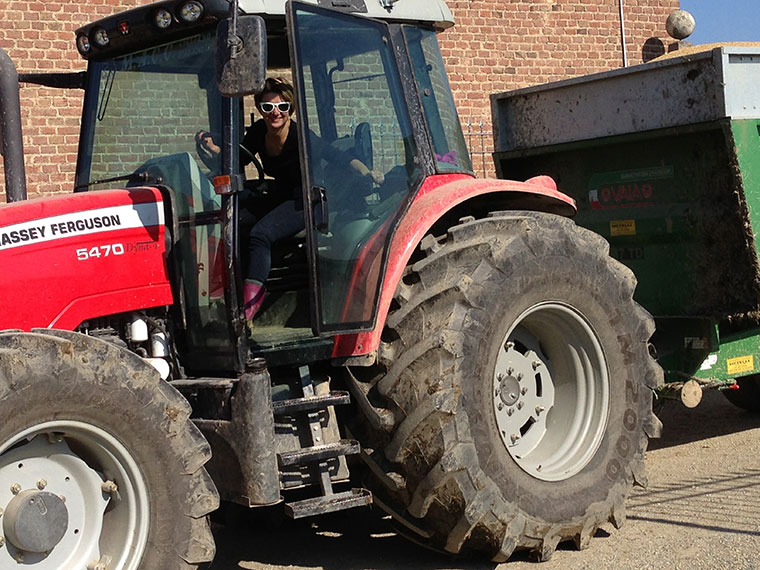
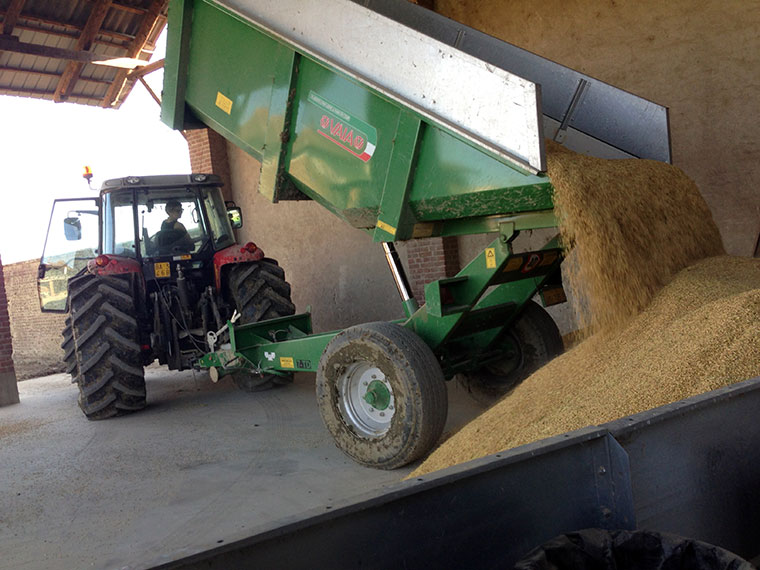
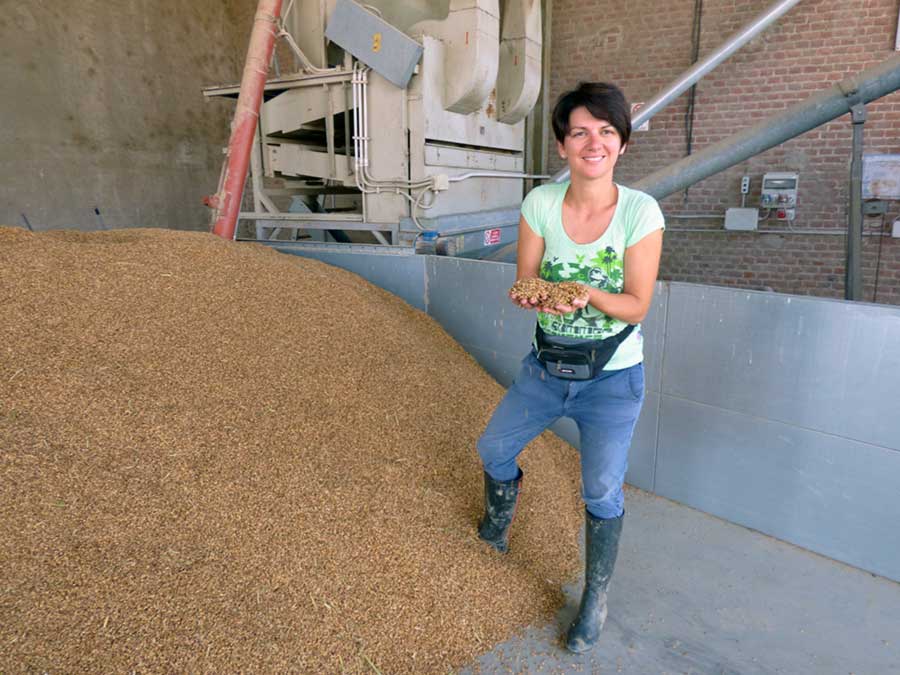
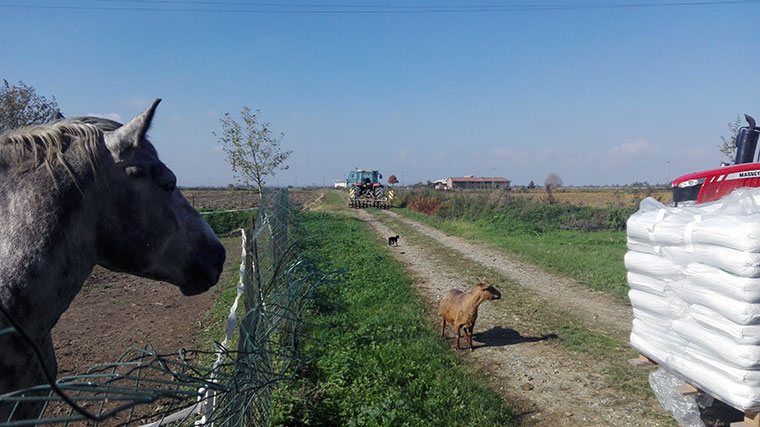
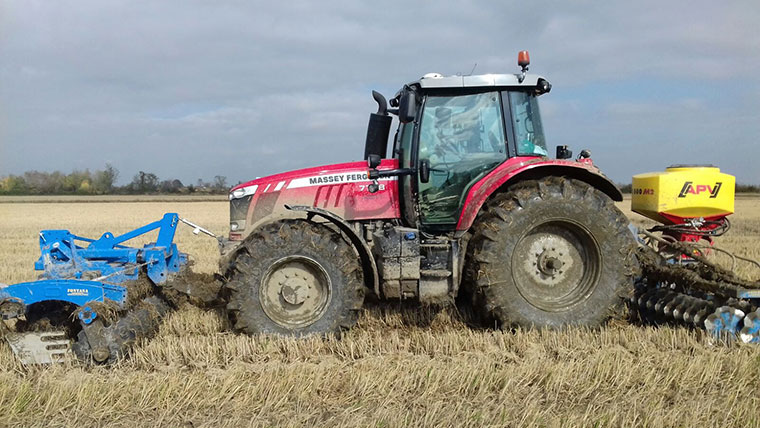
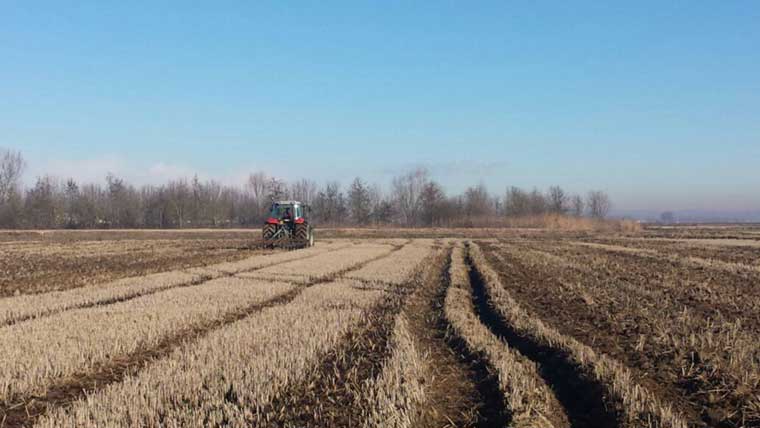
Our philosophy is inspired by creating a cultivation system that combines the guarantee of our agronomic productions and the protection of the heritage that belongs to All of Us: The Environment.
Our rice is grown in an Ecological Biodiversity Protected Area - Natura 2000.
We adopt integrated production farming techniques such as sowing winter cover crops to increase natural fertility and high quality of the soil, planting grass in all of our field boundaries, digging miles of ditches in our fields for aquatic biodiversity (over 6 miles!), sowing ancient varieties and maintaining their historical uniqueness, and keeping traditional flooded sowing alive.
We early flood our fields, this radically increases biodiversity both aquatic and terrestrial (frogs, butterflies, dragonflies, bees,...).
Water is key especially for the migratory birds like the Stilt, the Lapwing, the Wandering Tattler, the Sandpiper,the Spotted Redshank and of course the Black-tailed Godwit that stop to nest in early spring in the paddy-field area only if it is flooded.
In winter we adopt minimum tillage techniques, a soil conservation system, that doesn't loose
nutrients and its ability to store water (limiting erosion) but allows using just disks to mix harvest residue, organic matter (humus), and nutrients evenly into the soil.
This system allows us to reduce oil consumption and increase carbon stocking.
We sow cover crops like vetch (a legume) that thanks to its roots fixes nitrogen from the atmosphere and adds it to the soil. When the vetch cover crop is tilled into the soil in spring, significant amounts of nitrogen, critical nutrient required for plant growth, are naturally restored.
Cover crops improve the structure and health of the soil increasing its ability to retain nutrients and moisture.
The plant roots anchor the soil, reducing runoff and preventing soil erosion. Another great benefit of sowing cover crops is the plant ability to suppress early growth of weeds.
At the end of winter we carry on the maintenance of the facilities for water management (ditches, dykes, springs, field margins...).
At the beginning of spring we till the cover crops, we plough the paddy fields that in rotation we level to optimize water management and we till with disks on the other fields. We sow our rice varieties from mid-April to mid-May depending on the variety. We adopt precision farming techniques: GPS, weighing systems, automatic guidance.
We sow our entire farmland in water .
It is the historical method of sowing now unfortunately increasingly rare because replaced by dry sowing that enables production increase and labor reduction due to the fact that water management is still 100% manual labor as in the past. However water is life for us, for biodiversity, for rice and its territory and landscape.
Sowing in water allows to grow the disappearing ancient varieties of our beloved rice. Water is a natural thermal blanket for rice, historical varieties like Carnaroli Classic and Arborio Classic could very hardly germinate and grow without water because extremely more sensitive to temperature changes. Flooding our fields as early as possible, allows us to keep the historical landscape alive: imagine a boundless vast lagoon where farms float like islands full of history.
It increases enormously biodiversity both aquatic and terrestrial and it guarantees availability and quality of water. Early flooding allows the slowing of water streaming down from the mountains (snow melting) to the sea, safeguarding water availability. The paddy fields filter the water, refilling the groundwater aquifers and springs that guarantee potable water miles downstream.
We harvest with the combiner from mid September to mid October. We bring the paddy rice from the fields to our farm and we clean and dry it in a crop cleaning and drying system, both machineries are new and technologically advanced guaranteeing a high level of care throughout the process, lower drying temperatures and longer times.
Especially for Arborio Classic and Carnaroli Classic that have more delicate grains we dry them at very low temperatures (less that 100 °F) and we use temperature scales, it can take even more than 24 hours of drying. A continuous recirculation of the crop in the dryer ensures a perfect uniformity of the crop at the end of drying before being stocked in our silos.
Thanks to our philosophy and our cultivation techniques, all of Cascina Oschiena's products are
'Friend of the Earth' certified.
This Certification rewards companies that operate in accordance with the practices of sustainable agriculture and farming, integrated production techniques, implementing social responsibilities.
“We Do Not Inherit the Earth from Our Ancestors: We Borrow it from Our Children”
Native American Proverb




























Strada Oschiena-Tabalino 13040, Crova Vercelli